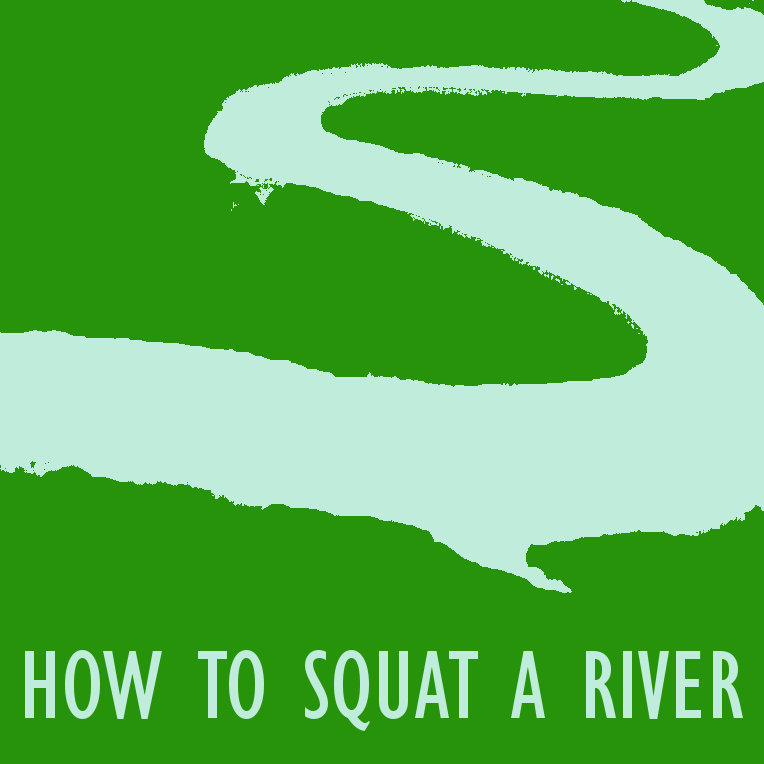
Oeiras is also a land of squatter gardens. The previous days served us to follow the course of the Jamor, always inside the county of Sintra. On this day we pass to the other side of the IC19 (complementary itinerary 19) and we arrive at Oeiras. The river Jamor is born in the Serra da Carregueira (Carregueira hill), county of Sintra, and flows into Cruz Quebrada, Oeiras municipality. It crosses two municipalities, both of Greater Lisbon, making Jamor an urban river, since it is born, runs and flows in a metropolitan area, Lisbon.. This is also one of the most populated regions of Portugal. Dona Maria, Brejo, Belas, Pendão and finally Queluz. This is the route that Jamor does, and that we visited in the municipality of Sintra. On this day we entered the municipality of Oeiras, in Queluz de Baixo. Here the right bank of the river narrows […]



 Português
Português






